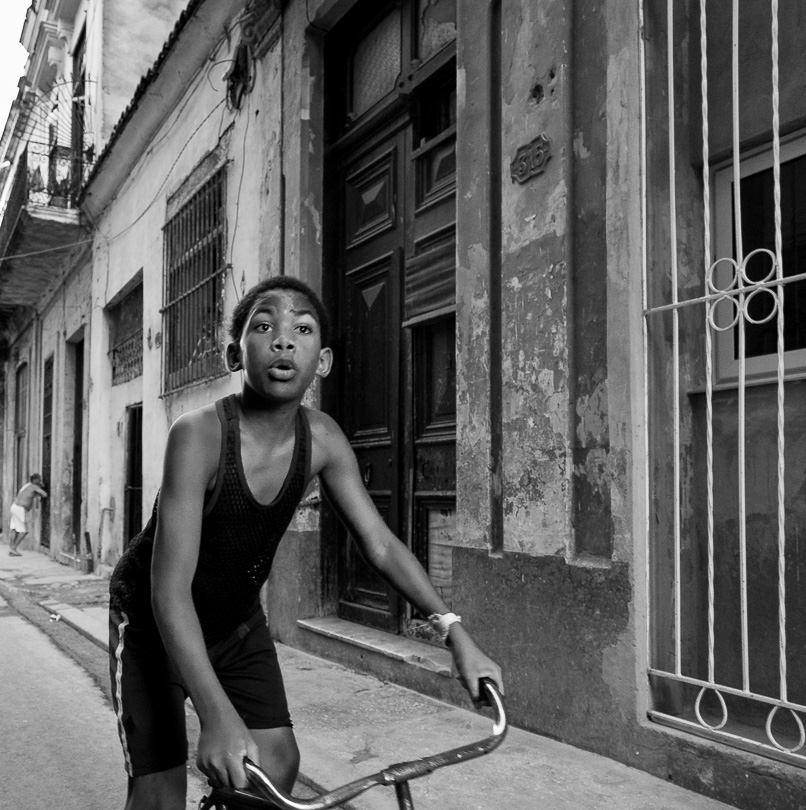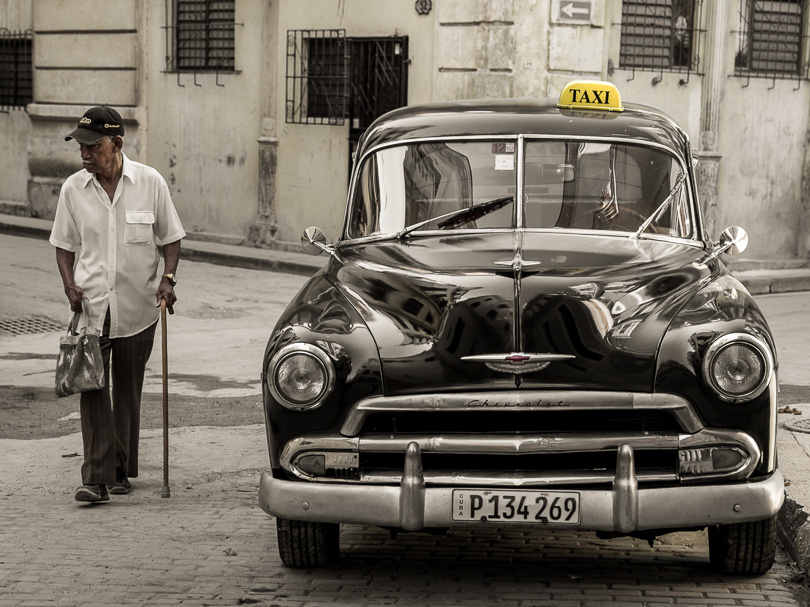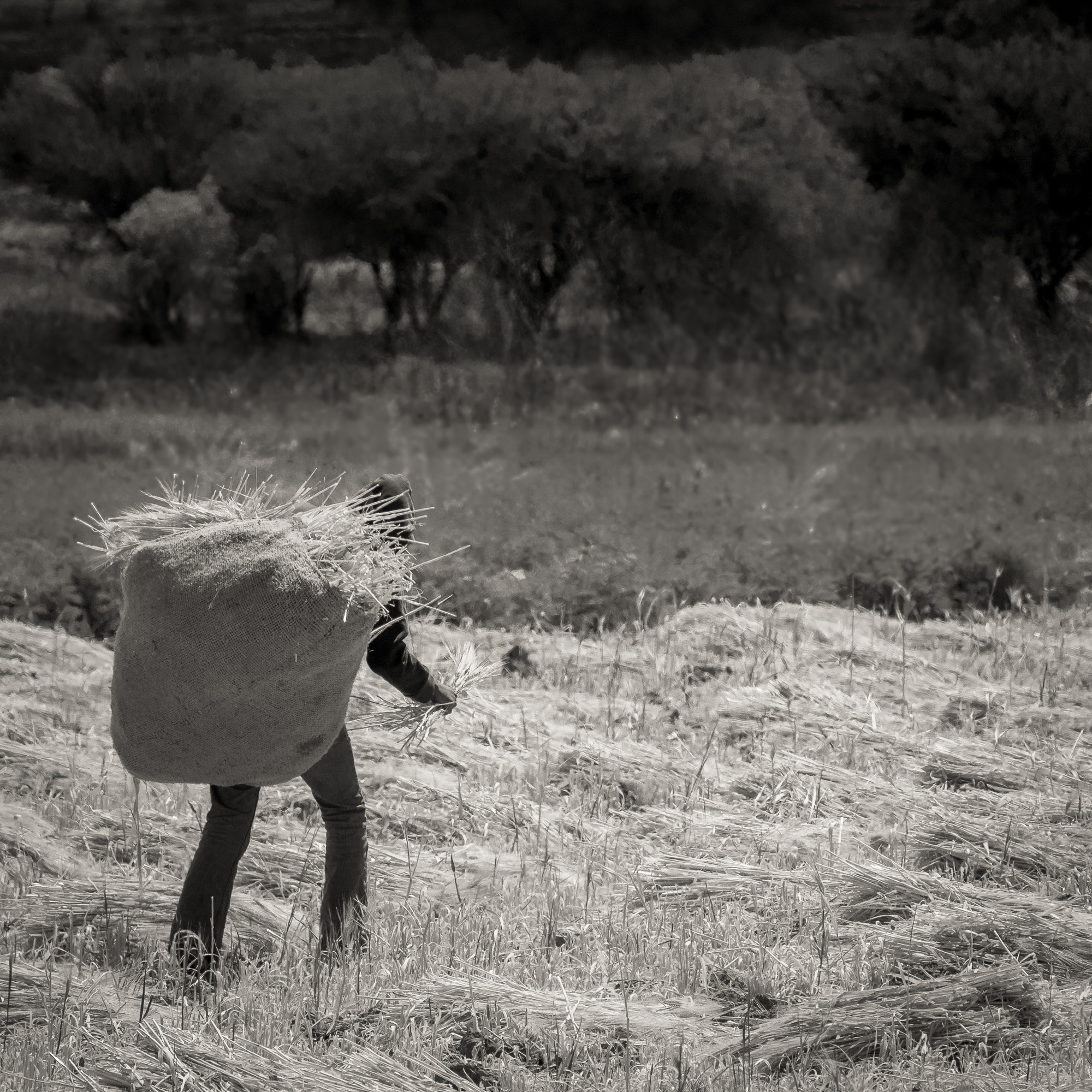

I read a wide range of photographic websites each week to keep track of what’s going on in the industry, and none are more useful than DPReview, which I check each morning. It was with great sadness that I opened DPReview recently to find a banner announcing their closing on April 10. They, like us, go back to the beginning of digital photography, actually a year earlier than LuLa (1998 versus 1999). We’ve travelled together from the days of 1.5 MP sensors and Green Metamerism Machines to the current state of the art when we can make prints several feet wide with color and dynamic range never before seen. Right now, they’re running some fascinating historical articles in their last couple of weeks, so even if you’re not usually a DPReview fan, I highly recommend visiting them at the end.
DPReview has published every press release of any relevance to photographers for 25 years, along with significant analysis of many of them. They reviewed more products than we can possibly get to, including a lot of lower-end gear. Our reviews are different, and both are
valuable. DPReview has been capable of measurements LuLa simply can’t make – they have studios and tools we can’t replicate. On the other hand, a LuLa review takes more time and more real-world experience. At the extreme, the Epson P9570 diary already has over 300 hours and well over 1000 square feet of paper invested in it. Over a year, I’ll probably spend 1000 hours with the printer – for that is what it will take to fully know a machine that complex and how it interacts with subjects and papers to produce art.
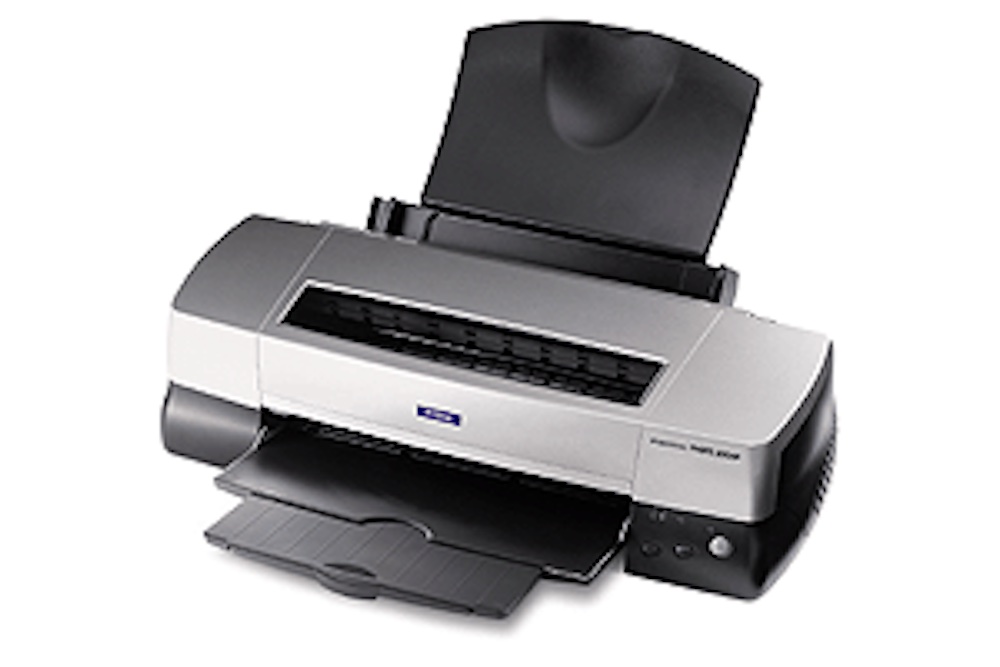

DPReview has a wonderful database of what was released when that I use for research all the time. Even for cameras and lenses I know well, I often forget how they fit on a timeline. I know that the D3x is earlier than the D800e, which is in turn earlier than the D850, but I don’t have the year for each at my fingertips without looking it up (2008/2009, 2012, 2017– thanks, DPReview)… Those years are important, because those cameras all held the overall sensor quality crown at different times, and knowing the timing has a lot to say about the development of image quality. Another way of looking at the same thing would be Sony’s A900, A7r, A7r II, A7r IV (2008, 2013, 2015,2019 – thanks again, DPReview). I’m sure that information is out there on the Web somewhere else, but nobody will have it as well organized as they did.
DPReview was good at sorting out the wheat from the chaff. The various rumor sites all carry the news about their specific camera system – but it can be very hard to find buried between all the sponsored (or semi-sponsored) posts about copycat manual focus lenses, Kickstarter projects that are unlikely to go anywhere, deals for every country on the planet and the latest .0.0.1 update to an AI-centric raw converter. Some of these posts are directly sponsored (the manufacturer pays for the post), and others are full of affiliate links (they get paid if you buy something). Neither are well marked. No photography site could survive if we DIDN’T work with manufacturers (there isn’t enough money in it to afford the gear we need to work with). We also gain knowledge in working with manufacturers – they know their products well, and they teach us techniques that we pass on to our readers. Reputable sites disclose our manufacturer relationships and make it clear what is a review or opinion piece and what is a sponsored post (a euphemism for an ad).
Looking at three major rumor sites over a week, I counted a total of 21 posts that were either compilations of affiliate links, about copycat lenses from minor manufacturers (and the like), or promoting Kickstarter/Indiegogo projects, all of which I considered low-value. None of them carried any disclaimers about what compensation arrangements were, and I would guess most were more or less sponsored. In the same time period, they collectively posted eight posts with real information in them, only one of which was a serious review (and it was a link to an outside review). There is some slack in these statistics – exactly what is or isn’t a copycat lens and what about lower risk Kickstarter projects from larger companies that actually do something interesting? I was fairly conservative when I made determinations, and I didn’t include posts that were simply collections of YouTube links as low-value so I suspect the actual number of low-value posts is higher. Rumor sites are averaging about three low-value posts, which are basically ads not marked as such, per useful post.
Doing the same thing for DPReview, I looked at a week farther in the past (last November) to avoid immediate effects from the closing. I found two low-value posts, both Kickstarter promotion, and seven high-value posts, including three actual reviews (among press releases and other intermediate-value posts). DPReview also posts a disclaimer about the dangers of crowdfunding and some actual analysis of the project when they promote a crowdfunding campaign, while the rumor sites generally do not.
PetaPixel, a site often mentioned as an heir to DPReview, doesn’t fit neatly in these categories. They post a couple of real reviews (clearly high-value) per week, along with a couple of useful opinion and editorial articles. They post a wider variety of press releases than DPReview did, some of them right on the edge of qualifying as “photographic” in my opinion. They don’t post the same kind of spammy low-value posts (aka thinly disguised ads) as the rumor sites, but they DO post a lot of links to images that have recently gone viral on social media (an alligator eating another alligator). The viral posts can make it hard to find the real meat of the site.
The Phoblographer doesn’t date their posts, but they have a similar weird mix that isn’t as gear-oriented as DPReview. They also post something one rarely sees ANYWHERE else – negative reviews. The reason you rarely see negative reviews on most sites isn’t that we’re keeping our advertisers happy, but that when something doesn’t work, we rarely work with it long enough to produce a full review. Reviewer time is limited, so (unless something is actually dangerous – see the content about off-brand batteries on LuLa), we generally don’t spend the time with it. Smaller sites that can’t review EVERYTHIING (DPReview, with its substantial staff, could) also tend to ask to review things we think we are likely to work well with.
I’ll use the enormous investment (on both LuLa’s part and Epson’s) in the ongoing Epson P9ti70 review as an example. I chose the P9570 for that project and requested it from Epson because it has several features that really bring new capabilities to fine-art photographers. How it got here is a story in itself – most review gear (in any field) doesn’t weigh 340 pounds – and most heavier objects that get reviewed are self-propelled – Car and Driver doesn’t have to hire piano movers to move review vehicles. I was right in the choice of the P9570– its color gamut, sharpness, dynamic range and archival capabilities are unequaled. It reaches into the darkest tones of an image in a way I’ve never seen any color process do, and it reproduces greens, warm tones and the blue/violet range in ways I have never seen combined in one printer. It is a groundbreaking printer worthy of the time I’m pujng into it, since it is actually exceeding my high image quality hopes.
It’s also not perfect, and I am posting about the struggles with head rubbing on certain paper types, and about the solutions I am finding (on paper I know, I now get more than 90% good prints). The conclusions are overwhelmingly positive overall, but it is a complex machine to use, and takes some time to get to know. I’m putting in the time to understand it better and teach our readership the tricks needed to get the results it is capable of. That kind of positive review is relatively easy to find (although a 44” printer is exceptional in its complexity) – gear we love, but that takes some work (and any good reviewer will write about how they get around the annoyances). What The Phoblographer does differently is that they also write about the gear they DON’T LIKE. They have enough reviewers that they don’t put aside the things that don’t work, the ones most of us either never request for review or put aside/send back in the interest of time.
DPReview was always good at separating editorial from marketing – truly sponsored posts were rare and always fully marked, affiliate marketing was well under control, and they wouldn’t run repeated mentions of low-value products due to marketing. If they mentioned a manual focus lens, it was worth looking at because their mention strongly indicated that it wasn’t Yet Another 50mm f1.8 for $100. If a lens is tilt-shift, or f 0.85, or a 5x macro, it’s worth knowing about even if it is from a small manufacturer with a limited reputation. If it’s a 6- element 50mm f1.8, that was worth knowing about – in 1947, when Leica and Zeiss were competing to improve those designs and the Japanese manufacturers were new on the scene.
DPReview also ran the OTHER major photography forum on the Web. Yes, it could be contentious at times, but a whole lot of questions got answered there. Many real experts stepped in to answer questions (Jim Kasson and others, I hope you’ll consider the LuLa forum – we’d love your expertise). There has been an interesting split between DPReview and LuLa in terms of what gets covered on the forums – we tend to get most of the medium format questions, and most of the 24” and larger printers. They tend to get most of the APS-C questions, and we both have lively talks about full-frame and lenses. Dear APS-C aficionados – we’d love to have you on LuLa…
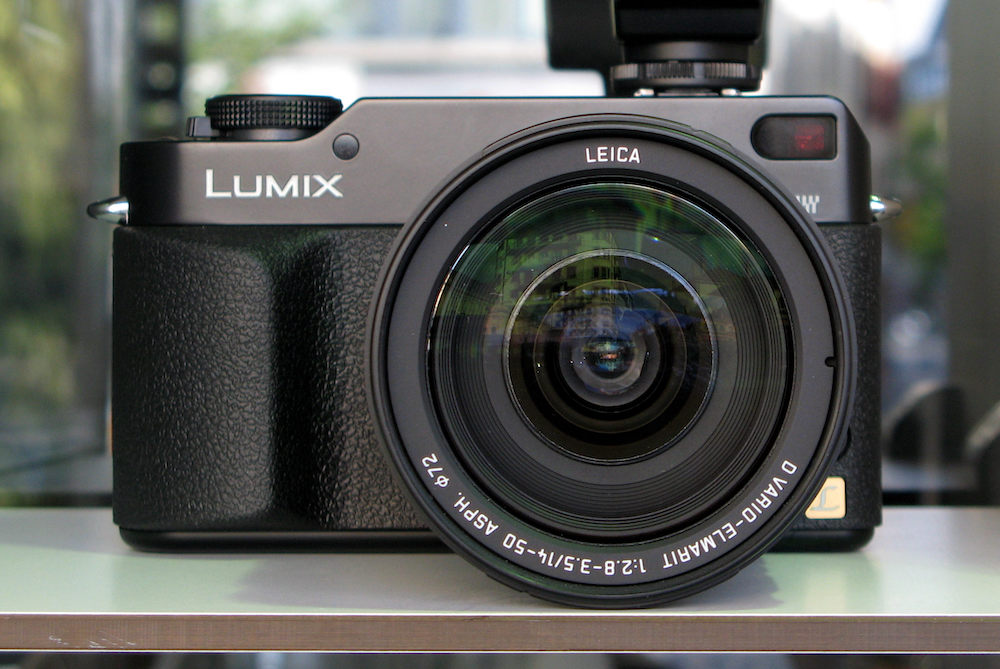

Why is DPReview closing down? The one-word answer is Amazon (which has owned DPReview since 2007, and has always been an odd fit, because it’s never been a good place to buy a camera or a lens)… There are two possible longer answers, and the first is simply economic.
Amazon bought DPReview 45 days before the iPhone was introduced and only a year after Facebook became open to the general public, when 100 million cameras were sold in a single year. If you wanted photographs to remember events in your life, you bought a camera (often a compact camera), you stored those files on a computer and you made prints of the best. Within a few years of Amazon buying DPReview, those memories were made on smartphones and stored on social media.
Photographs made as art, news and for many other reasons (and the very rarest and most precious of our memories – wedding photographers don’t use smartphones) are generally made with dedicated cameras, and they are very often printed. Photographic artists use everything from pinhole cameras to 11×14” and larger ultra large format cameras (occasionally including smartphones). Both hobbyists and professionals often favor mirrorless cameras and sometimes their beloved old DSLR, with everything else appearing from time to time. None of the above use compact cameras frequently enough that anything near 100 million of them will be sold in any year in the foreseeable future. The distinction between snapshots (memories) and photographs that reach beyond memories isn’t new – in a recent article, I trace it at least as far back as the work of George Eastman and L.M. Deardorff in Rochester, NY at the turn of the LAST century.
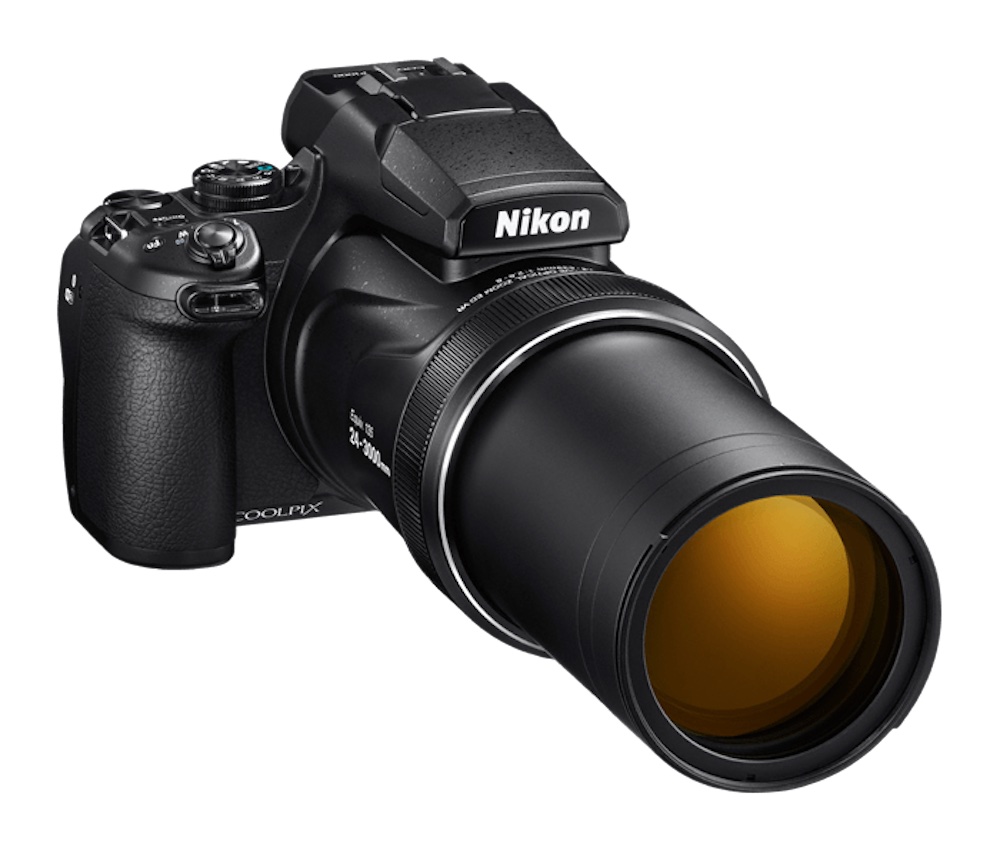

Only 8 million cameras (excluding smartphones) were sold last year. Looking more deeply, the numbers aren’t as bad for photography as that looks! Most of the change was in compact cameras, which have been replaced almost completely by smartphones. From over 90 million compact cameras in 2007, only 2 million were sold in 2022, and those were almost entirely either high-end models with image quality that far exceeded what any phone could do or superzooms. On the other hand, Apple alone sold 225 million iPhones in 2022, out of a total of 1.21 BILLION smartphones sold last year. That’s where the compact cameras have gone…


For Amazon to be interested in a photography site, they needed that compact camera volume – they needed the memory makers. There IS money to be made writing about cameras for an audience of people who love photography – but it isn’t Amazon-scale money. They got interested because of a mass consumer market (those 100 million cameras), and they aren’t interested in something that is a very popular hobby, an important art form and a profession critical to public understanding, but not “a thing that everyone needs” – apologies to Dr. Seuss.
While compact camera sales have collapsed, interchangeable-lens camera sales have been a lot steadier. 7.5 million interchangeable-lens cameras were sold in 2007, compared to about 6 million last year. There WAS a bump as high as around 20 million interchangeable lens cameras sold around 2012, but that was a one-time “Rebel bump” – people replaced a rarely used film SLR with a relatively inexpensive digital SLR – something like a Canon Rebel T4i or a Nikon D5100. Starting around 2007, and mostly finished by 2016 or 2017, a large number of people who had always owned a SLR but wouldn’t have called themselves photographers, whether by vocation or avocation, bought a DSLR to replace their film SLR.


The film SLRs being replaced had been bought over a period of decades, while their replacements were bought in less than one decade, leading to enormous sales of heavily promoted low-end DSLRs for a few years. Camera companies didn’t actually make all that much money off the DSLR boom, because the extra sales were almost entirely low-end models, mostly purchased with a kit lens or perhaps a two-lens kit. These “non-photographer” buyers have not upgraded en masse to mirrorless models – and they probably won’t. A mirrorless camera doesn’t offer the occasional user anything nearly as compelling over a DSLR as the DSLRs advantage over a film SLR – no film to buy or process and see your pictures right away. Essentially ALL cameras now offer that, and the ones in phones let you both see and share your images right away.
Photographers, people for whom the making of an image is an end in itself instead of solely a means of sharing a memory, have long purchased a total of between four and six million interchangeable lens cameras and a few other random image-making devices annually (and a lihle less than twice that many lenses). The current ~6 million interchangeable lens cameras sold annually (mostly mirrorless) are a modest increase from the number of film SLRs sold each year in the late 1990s – an increase that is at least partially explained by growth in both global population and the middle-class (and above) population that can afford to pursue photography.
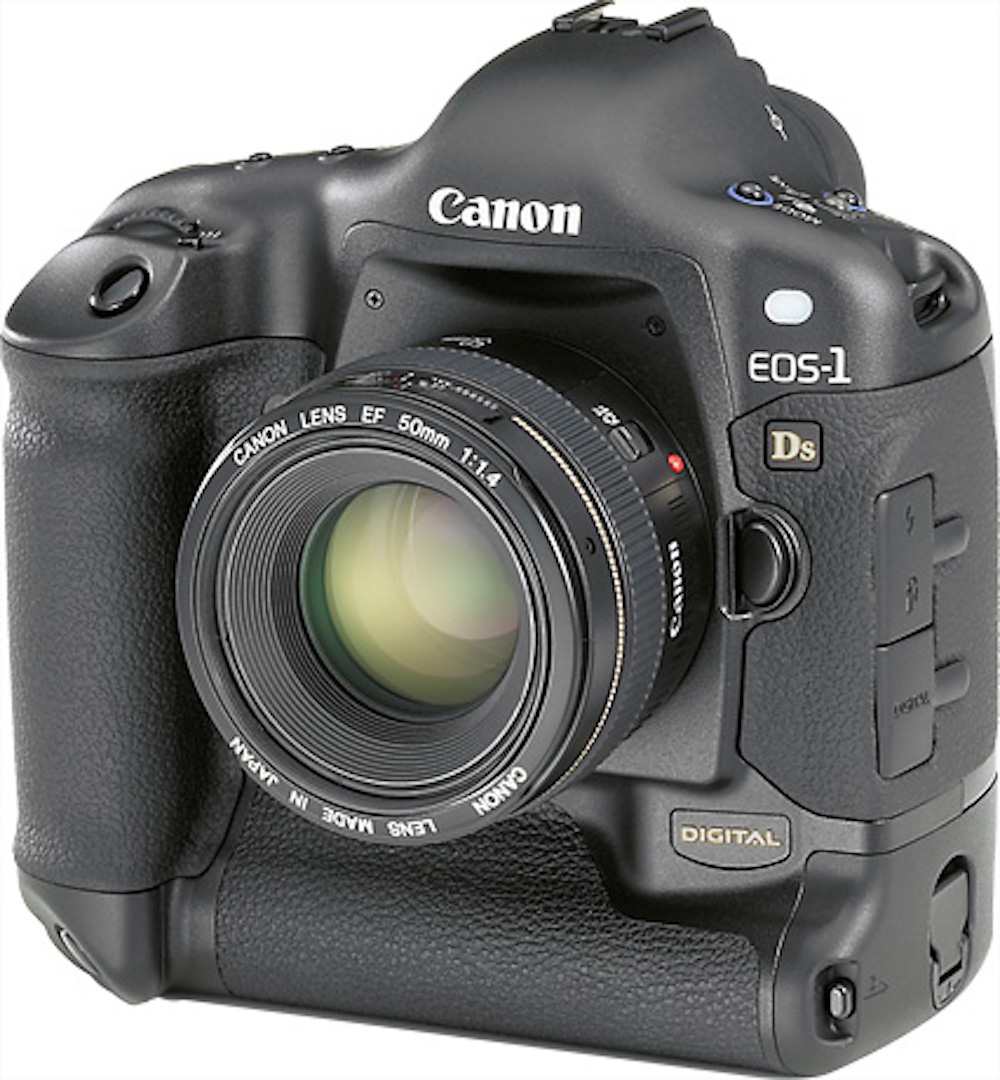

Sales of the kind of cameras that LuLa readers tend to buy most frequently are healthier than that… I’ve never been able to find really good numbers, but the various estimates I’ve seen suggest that full-frame camera sales have probably increased each year since the original Canon EOS 1Ds was released in 2002 (thanks again DPReview – it was earlier than I realized), perhaps with a modest dip during COVID. How many are sold today? A million or two every year? The long-lived Nikon D750 sold about 2/3 of a million, and there are several other individual full- frame Nikons around half a million each (I wish I knew what some of Sony’s A7 models or the Canon 5D/R5 models sold)? Unfortunately, the serial number tracker only exists for Nikons. Each full-frame camera comes with a nice profit margin, probably two or three lens sales and a relationship between photographer and manufacturer.
Going above full-frame, Fujifilm probably sells something around 25,000-50,000 GFX bodies annually (I once saw an estimate of GFX 100S production alone at 2000/month, and they sell every one they can make right away), while Hasselblad sold less than 500,000 V system bodies from 1957 to 2013 (10,000 in a year would have been a very good year, and they may never have quite reached it). Could GFX sales alone in 2022 have been greater than the entire high-end medium format market (Hasselblad, Mamiya, Bronica, Rollei, etc.) in the best year of the film era? Again, I don’t have good numbers, but it’s at least a possibility, and it’s relatively close if it’s not quite there. I am quite confident that medium format sales in total (Fujifilm, Hasselblad, Pentax, Phase One) are higher than they have ever been in the film era. This is more remarkable when you remember the difference in detail for a given format size. Even 50 MP medium format digital outresolves 4×5” film, and anything above that is competing only with 8×10”! How many 8×10” cameras ever sold in a year?
Why isn’t Amazon satisfied with a share of the number of cameras that photographers want to buy? Even if a camera other than a phone is something you only want if you love photography, a lot of people love photography and want cameras. The further wrinkle from Amazon’s perspective is that cameras sell at fixed prices. Almost every camera manufacturer has pricing policies that make it difficult or impossible for Amazon to undercut the competition. Laws have now been tightened so you don’t even “save” the sales tax (you were always supposed to report and pay it voluntarily, but nobody ever did). If the camera is going to cost the same amount anywhere, why risk Amazon, where you could unintentionally buy the camera from a fly-by-night third party seller that Amazon refuses to police? The same crooks who infested the back pages of Popular Photography in the 1980s are now Amazon Marketplace sellers – undoing all the good work that B&H and other legitimate dealers did to get them out of the magazines in the 1990s and 2000s.
Why not buy the camera from B&H, who stock everything themselves and don’t work with shady third-party sellers? Why not buy it from your favorite local or regional camera store who offers real customer service? Amazon offers NO customer service and very few advantages except wide selection (but not in cameras – there are too many expensive items and manufacturers won’t give them preferential terms) and low prices (but cameras cost the same everywhere).
Back when non-photographers bought a lot of cameras, Amazon could expect to sell quite a few, especially if they owned the big review site – people who wanted a camera for snapshots would search for reviews, see DPReview, read a good review and click on the Amazon buy button. Now that most cameras are once again sold to photographers, most of us have a favorite dealer or several… Any other dealer has something to offer that Amazon doesn’t, and Amazon has nothing to offer that their competitors don’t.
That alone could be enough to lose DPReview. It might be a strictly financial decision – why would Amazon employ ten or twelve journalists at a cost of a million dollars or more per year to write about something Amazon is at a disadvantage in selling? Amazon is too big to worry about making a pittance (by their standards) selling subscriptions to something that won’t sell tens of millions of subscriptions annually. Even if they could have made ten million dollars a year on DPReview subscriptions (and that’s probably much too high), Amazon doesn’t bother with ten million dollars – that’s pocket change to Jeff Bezos. They could have rolled it into Prime, causing a relatively small number of people to get or keep Prime, and giving others a reason to feel good about Prime. If it was just financial, I don’t see why they didn’t do that? Prime is already a catch-all that some people subscribe to for the shipping, others for the movies…
They could also have sold DPReview – probably not for what they paid for it, both because they are reputed to have overpaid and because it addresses a relatively stable market of around six million cameras and ten million lenses per year, rather than a market (that Amazon might have believed was growing) of a hundred million mostly compact cameras per year. The buyers of those six million cameras are a valuable market, but they aren’t the kind of mass market Amazon is interested in.


There may be a bigger, more philosophical reason for Amazon to shut down DPReview than just finances, though. I don’t know if they consciously thought this way, as the economic reasons could well have been sufficient – but it crossed my mind. The tech giants all share a vision for the world to come – let’s call it the hyper-real, which is more or less synonymous with the metaverse. They argue among themselves about what form the hyper-real might take, but they all love the hyper-real. They love it because, while they have a lot of influence in the real world, they own the hyper-real. In the hyper-real, everything is part of a commercial sphere, everything can be owned, nothing exists without humans willing it to exist. Postmodernists wonder whether things like wolves, whales and wilderness exist, while the hyper-real is the world in which they don’t. I’ve only seen a wolf from a distance, but I’ve met quite a few whales of various kinds (most of them are very curious and quite gentle, and their breath smells like fish) over the years. I’ve been honored to spend a lot of time in wilderness, and it is a place of interconnection for my soul.
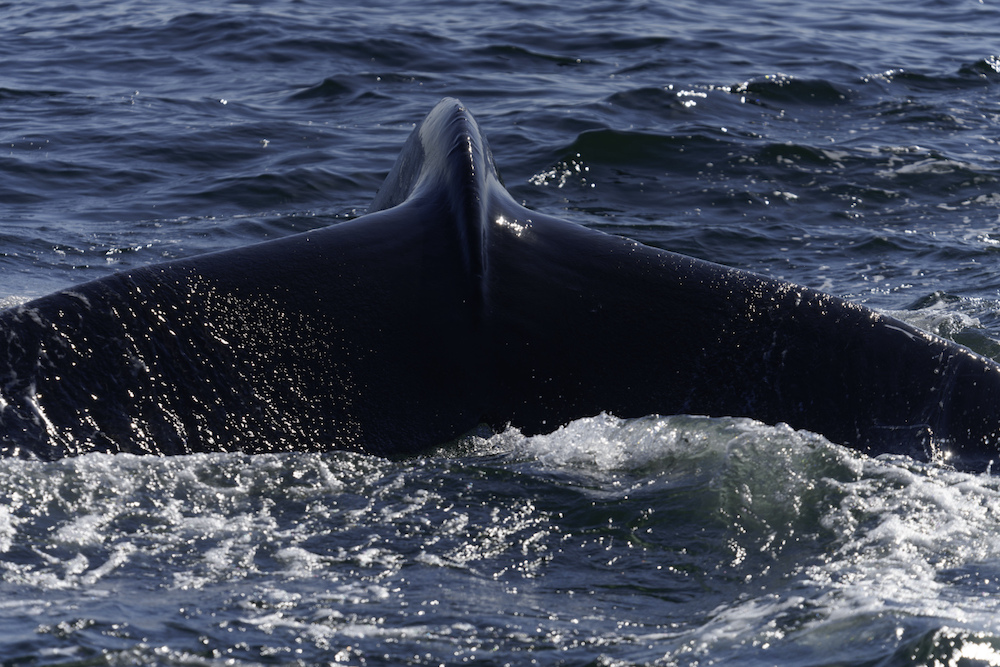

According to French philosopher Jean Baudrillard, the hyper-real is a world in which what is real and what is fiction begin to blend. Wolves, whales and wilderness are part of the real, while things that don’t actually exist, but that we are supposed to think do, are the hyper- real (see: NFTs, cryptocurrency, virtual reality…). If we look at the headlines of the past few months alone, what is ChatGPT if not the hyper-real? What is MidJourney if not the hyper-real? What is the metaverse if not the hyper-real? What are augmented reality, virtual reality and friends, if not the hyper-real? Smartphones and social media are part of the hyper-real that have been encroaching increasingly on the real in recent years. Even though Amazon may seem to be part of the real (visibly, it’s a large shopping mall), the most profitable part of the company actually fits in the hyper-real – it’s a cloud computing firm that happens to own a mall, not the other way around. Cloud computing is (as of 2021), only 12% of Amazon’s sales, but it’s 2/3 of their profits.
To go farther, money may be part of the hyper-real – not that it doesn’t exist in the real world, but that it is only in the hyper-real that one resource is convertible to everything else. Any ecologist will tell you that a shortage of nitrogen cannot be rectified by adding carbon, since the two are not exchangeable. You can’t exchange money for a whale, or for a redwood tree (in any meaningful sense), nor can you exchange a whale for a redwood. If we run out of whales or redwoods, we can’t buy more, and the real world would be much the poorer for lacking them . Regardless of what some space advocates think, we have exactly one habitable planet to live on – the only question worth asking about living on about any other body in the solar system is how much worse its climate is than the South Pole in the middle of winter? At least there’s oxygen in Antarctica, and no sulfuric acid rain… Every extrasolar body is outside of our reach – space is a big place.


The preferred solution of the tech giants is to live in a virtual world, where everything CAN be bought and sold. People cannot be bought and sold in the real world – slavery is one of the few universally recognized moral evils. People’s footprints and avatars in the hyper-real, however, CAN be bought and sold. The buying and selling of nature is controversial and morally ambiguous – the very idea of land ownership is both relatively recent and not universal across societies (and even where land ownership is fully accepted, there are important places like National Parks, land owned in common trust that cannot be readily bought and sold). The more we live in the hyper-real, the more we become subjects of commerce. The whole hyper-real is oriented to a world of universal financial exchange. There is no sacred, there is no space around humans or any other entity where the market is excluded.
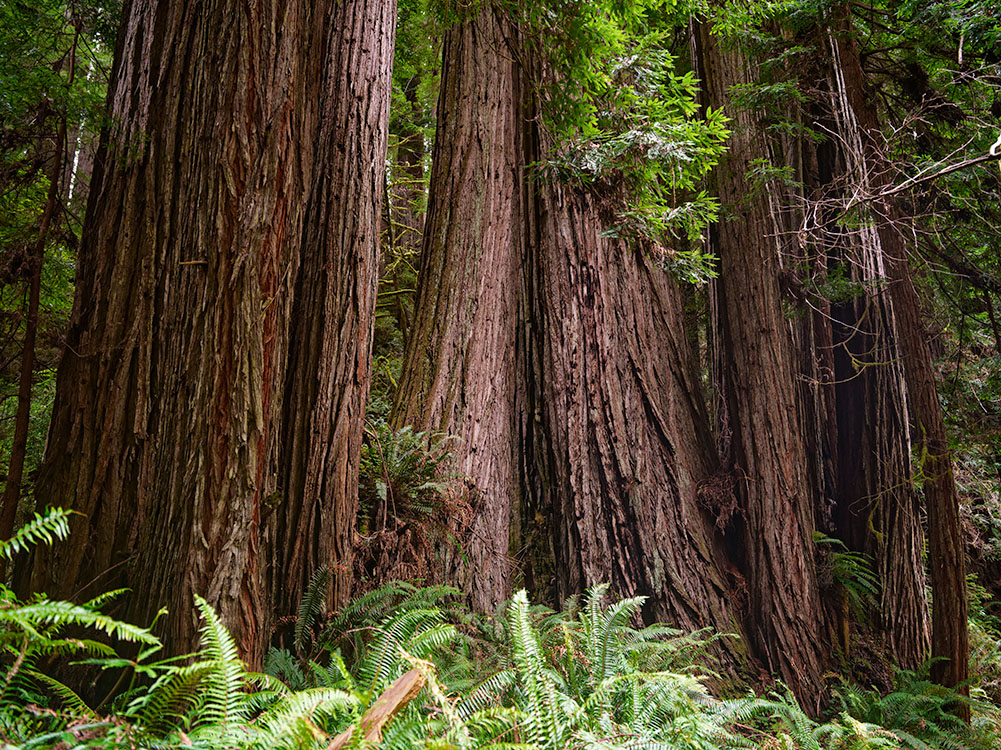

Why is radical philosophy relevant on a photography site? Mainly because, while a camera is itself a commodity (there are many like it, and it is easily exchangeable for money), its purpose is the exploration of the real world, and the recording of that exploration. As a landscape photographer, my job when I pick up my camera is to capture the beauty and deep interconnection of the real world. I see a world through my lens in which there are trees, mountains, oceans, rivers, birds, and whales. They all live as part of a circle of life, as do we humans. This is a world that has intrinsic meaning, a meaning denied by the hyper-real.
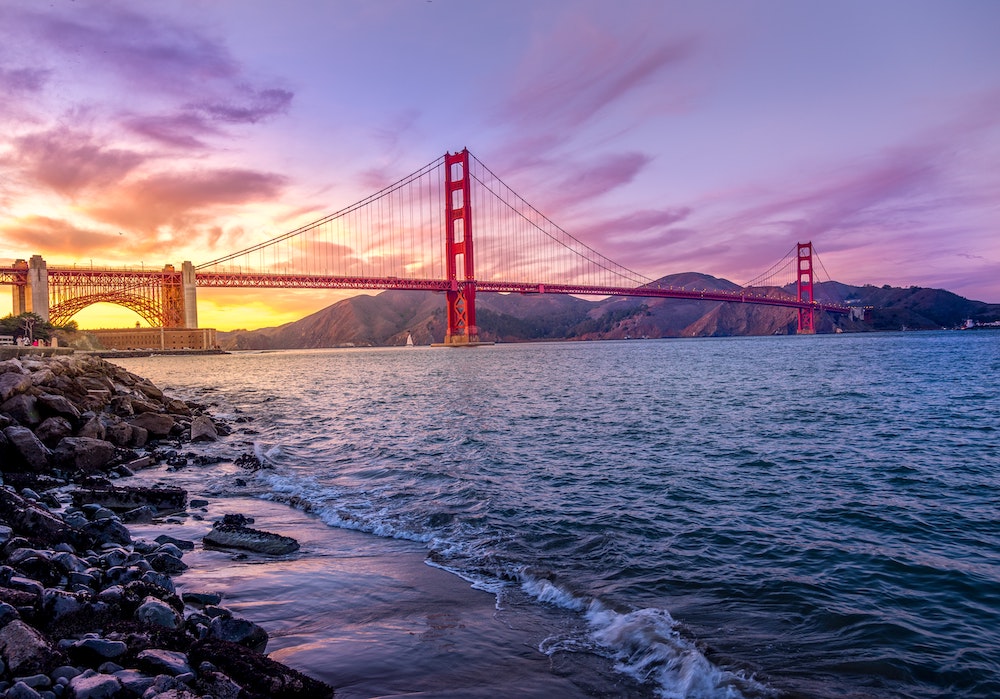

If you are a wedding photographer, your job is to capture love – another thing that the hyper-real denies. If you are an architectural photographer, your job is to capture structures that exist in the real– anything can exist in the hyper-real, because you can simply reshape physics to let it exist. The Golden Gate Bridge is beautiful because of how it harnesses the forces of the real world. It looks like it shouldn’t quite work, but it does. In a hyper-real world, it wouldn’t have to work – there’s no reason why building a road across the mouth of San Francisco Bay without support is outside the rules of the hyper-real. If you’re a street photographer, your canvas is the full range of human emotion, as displayed in interaction with the environment. ALL of these things depend on the real, and do not meaningfully exist in the hyper-real.
Photography as an art form is of the real, not the hyper-real. Snapshots used to be, too – they are of a different part of the real (our daily lives, as opposed to art), but they were still part of the real, and to many people, they still are. Social media companies, however, have a different perception of the role of the snapshot. Influencer culture is emphatically a part of the hyper-real, and it is quite deliberately not part of the real. “Doing it for the ‘gram” is taking our daily lives from the real to the hyper-real. The purpose isn’t to capture your life, but to create an idealized life that is followed by friends and strangers and assisted by brands. You don’t actually
LIVE that life, but you PLAY it on the stage provided by social media. The idea isn’t new – it goes back famously to the end of the fifteenth century, and probably beyond.


And all the men and women merely Players.
Wm. Shakespeare (As You Like It, 1599)
Did Shakespeare anticipate Instagram? Photography’s historical role is that of observer – sometimes participant observer, often concerned observer, at its best observer of conscience. The images the Capa brothers brought back from World War II, the images of enslaved Americans that have come to light in recent decades and the images made at the liberation of Auschwitz all testify to the power of photography as witness of us at our worst. Photography is equally capable of witnessing the best of ourselves as the worst – the love at a wedding, the beauty of a forest, the power of a home run leaving the bat, the jubilation of the crowds when a president is elected.
There is something different, though, about witnessing the best or the worst of life from being a spectacle of itself. Is social media culture taking something that is largely about seeing ourselves and the world and turning it into a performance? Half Dome didn’t perform for Ansel Adams any more than Paris did for Henri Cartier-Bresson – both artists’ job was to find the art in what was there. The role of the photographer has long been within the real, similar to the famous quote on the role of the sculptor…


This role has changed in influencer culture, and the commercial success of the tech giants depends on it. This may be more obvious for Facebook/Meta and TikTok than for Amazon, but Amazon’s role as shopping mall and cloud computing provider increases in a world of influencers and brand symbolisms. The photographs we take of our daily lives don’t generally promote brands – although fashion and advertising photography (which have strong elements of the hyper-real in them) have long histories, they are relatively small parts of photography as a whole. Social media performativity increases the role of brands, the role of keeping up with what others are doing (or what algorithms are pushing as what others are doing). This is good for the tech giants, and for fast fashion companies (which sell on Amazon) – but is it good for society as a whole?
Even smartphone cameras themselves are different from most other cameras, and not because the basic principles of light focused by a lens and hitting a sensor (which was once film, and before that, a glass or metal plate) are any different. That’s the same, but what happens to the light AFTER it hits the sensor is different. In any other camera, the image is often recorded as a raw file that simply contains brightness data from the sensor with very little if any processing. Even an in-camera JPEG usually only has relatively simple processing involved (there are exceptions where complex computational tricks are applied to in-camera JPEGs, but they usually have to be turned on explicitly by the photographer). Lens distortions often require automatic correction, especially for wide-angle lenses, but lenses have never been perfect. The lens designer’s choices have always had an unavoidable impact on the look of our photos, although some of it is now in code instead of glass.
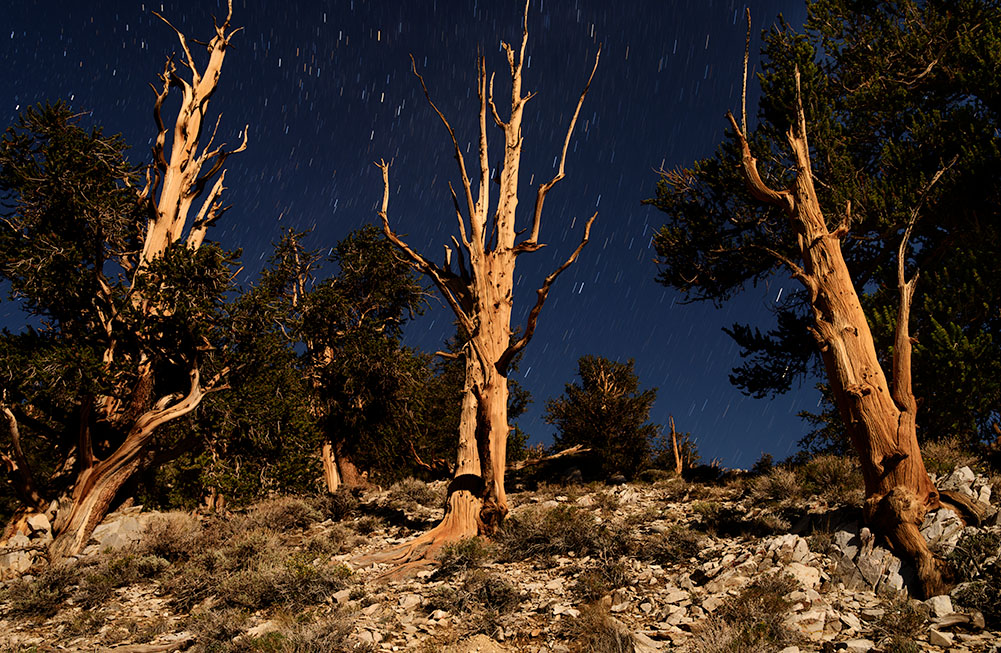

Once we have a raw file, it is up to the photographer how they want to process the image. Some of us use only simple tools like tone curves, while others are comfortable with AI- powered sky replacers and adding the moon into an image it did not appear in. Those are individual choices – if an image has its sky replaced by Luminar, the photographer chose to use Luminar to replace the sky. Personally, I tend towards the traditional, although I use some AI tools. I use DxO’s DeepPrime XD, a neural-net powered demosaicing and noise reduction tool, on most images. I also use dehaze-type automatic contrast tools, although sparingly (and I almost always turn the effect down quite a bit from the default). I don’t use “auto color” or “auto contrast” buttons, typically not even as a starting point (once in a while, If I’m struggling with an image, I’ll turn on the auto feature just to see what it would do with it, then edit extensively). I would not consider a sky replacer or the like, but that is my personal choice.
A smartphone camera will never let you see anything close to the raw data (or even the demosaiced raw data with a gamma curve and a camera profile applied). There are a few third- party apps that DO produce true raw files from smartphone cameras, and all they do is show how bad the camera really is. Even a smartphone “raw file” is generally a multiple exposure after quite a bit of AI processing. It can look good, but it doesn’t reflect reality, and it doesn’t give the photographer a starting point. It is a finished image that is quite difficult to edit, and it is a collaboration between the photographer and an AI entity – the hyper-real, indeed… It reflects an algorithm’s idea of perfection, not the scene that was there and an artist’s response to it. Sometimes, the phone manufacturers get caught.
Samsung has been the most recent offender – in the past couple of weeks, they have been caught replacing the moon and adding teeth to a baby too young to have any (in both cases, without asking). Any smartphone manufacturer could be caught doing similar things – Samsung is just the latest case. The moon is famously difficult to photograph well. It’s much brighter than almost any other object in a night scene, and it’s far enough away that it appears quite small (the right focal length for a picture OF the moon is in excess of 600mm on full- frame). Its motion in relation to the Earth is sufficient that you need a relatively fast shutter speed to get any detail. All in all, a tricky subject that most non-photographers don’t realize is as tricky as it is.
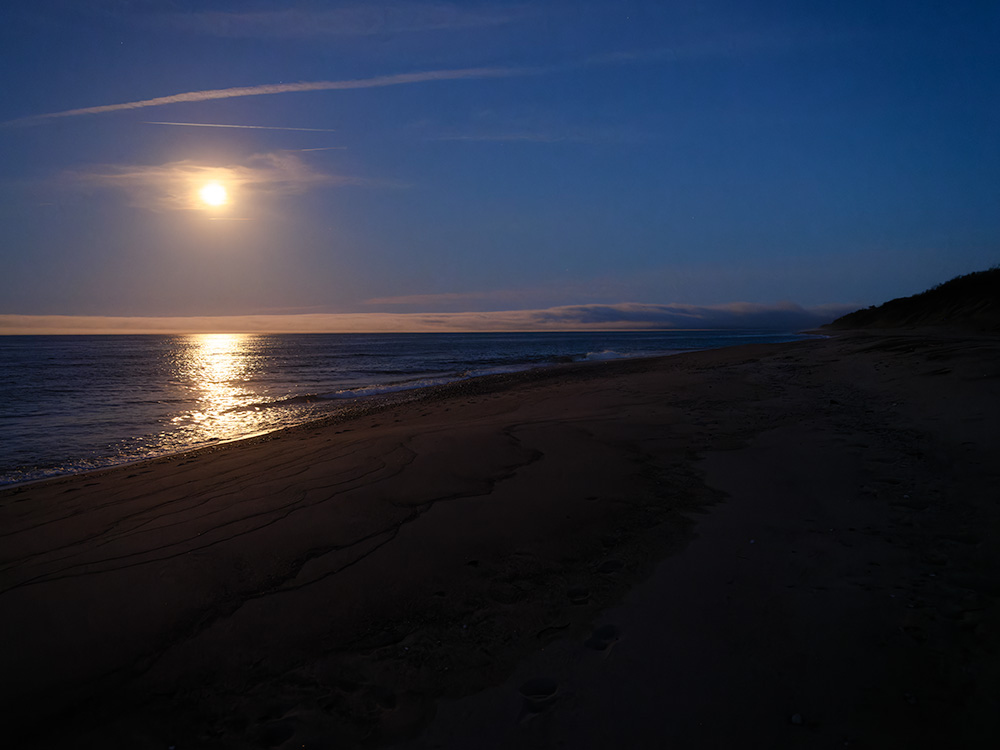

Samsung decided to make the moon look better – they have a high quality texture of the lunar surface taken with a long lens or a telescope stored in the phone’s memory. When they detect the moon in an image, they replace it with the texture, scaled to the image and adjusted to the phase it was in in the original. They also adjust its brightness to look bright, but detailed. VOILA – a better looking moon, but it is NOT the moon as seen from that place at that time. It’s fine for a snapshot, but it is the hyper-real, and they didn’t ask… I use an Apple phone, so I can’t try it, but someone with a Samsung phone could try suspending a wheel of cheese (or another round object, but cheese somehow seems appropriate) on a string and lighting it brightly enough that the AI mistakes it for the moon… I’m guessing a “Samsung cheese moon” would go viral on any number of social media.
A surprised mother recently posted that her seven month old baby had teeth – courtesy of Samsung… Their algorithm seems to “toothy up” toothless smiles, including on children too young to have any. Again, the hyper-real. A vacation snapshot may or may not be improved by toothy grins. What if someone wasn’t happy that day – do we want them with a fake smile, or do we want to remember the hard times with the good? Surely, we don’t want teeth added to babies, and do we really want great-grandpa’s dentures “fixed”?
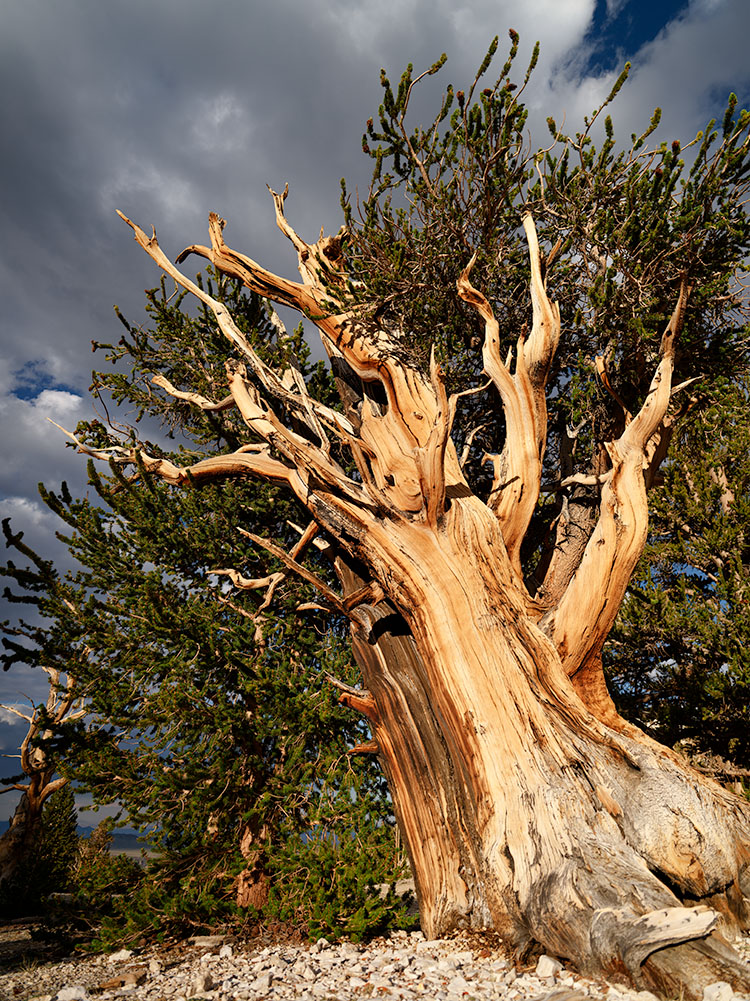

I have a physical disability that makes me somewhat distinctive looking, and it’s been a pain on many occasions. In the places I enjoy living, it doesn’t really matter. I get very few stares walking down the streets of the average college town, and people in mountain towns often wonder if I’ve simply had a tough day on the trail and banged my knee into a rock. Where it does matter is in “perfect” suburban communities where my limp clashes with the white picket fences and people worry that an obviously imperfect person reduces real estate values by making it clear that the town isn’t perfect.


I grew up in a “perfect” town, and it wasn’t any fun at all. Are AIs that “fix us”, whether on our phones or in filters on social media sites, just doing the same thing? Is social media the ultimate expression (at least so far) of the hyper-real suburban dream in which everything is “perfect”, because the “imperfect” elements (and all of the character) are scrubbed away? I choose not to use social media to avoid the appearance pressure and bullying – for how much longer will that choice be viable in the world of the hyper-real? Malvina Reynolds was singing about suburban conformity, but did she capture the world of influencers and the modern hyper- real 50 years before they appeared?
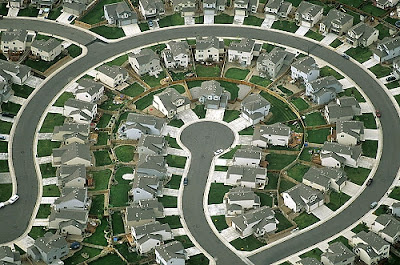

Little boxes on the hillside, little boxes all the same
There’s a green one and a pink one and a blue one and a yellow one
And they’re all made out of ticky-tacky and they all look just the same.
-Malvina Reynolds
The one thing the tech giants agree on, and on which I disagree with them from the bottom of my heart, is that the hyper-real is beher than the real. They want a world where everything is an advertisement. They want a world where we all look our best (and actually “better” than our best, at least by influencer standards) all the time. They want a world where NFTs are real and whales aren’t. Maybe a hyper-real whale doesn’t smell of fish, but she doesn’t want to meet you, either… They want a world where virtual trees replace the real ones – but hyper-real trees have no lessons to teach us, while I have learned from a Bristlecone Pine that the secret to long life is slow growth, and that the greatest beauty is in imperfection. I have learned of the value of interconnection from Coast Redwood, and of resilience from Sugar Maple. These are the lessons of the real, not the hyper-real.
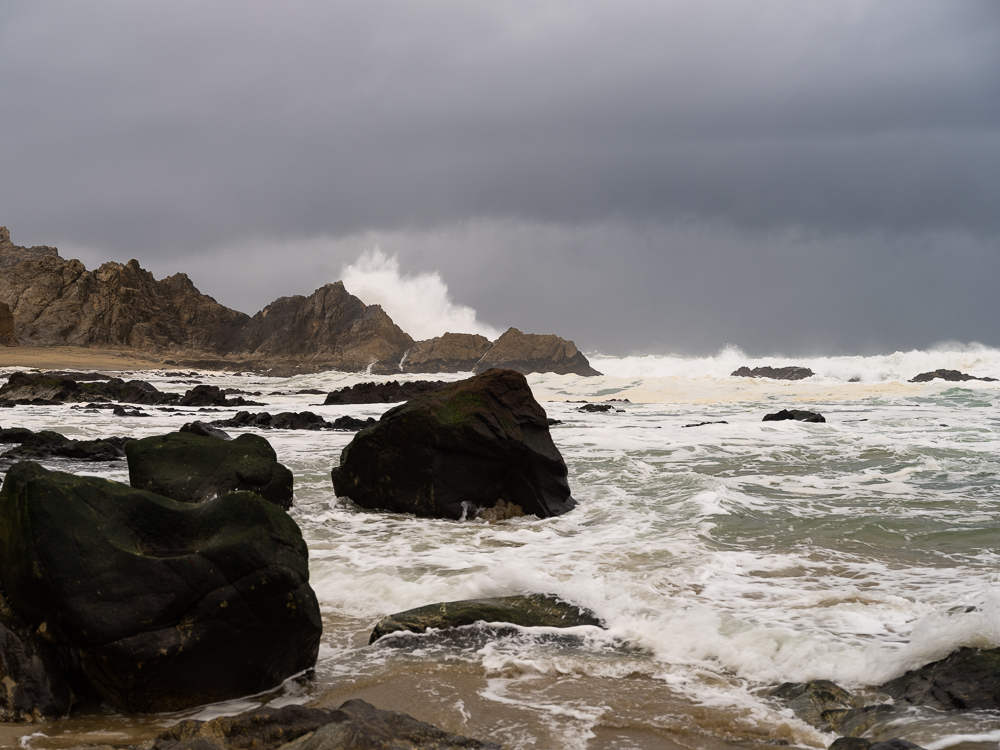

If we learn one lesson from COVID, let it be how much the real matters. That we aren’t happy in the hyper-real. Let us recommit ourselves to the trees and the whales, to the wolves and the waters. Let us recommit ourselves to each other, to the quirks that make each of us perfect in our imperfections. I photographed a friend’s wedding last year, even though I’m really a landscape photographer. I know her so well that I knew that I was going for a particular grin and a certain twinkle in her blue eyes.
We met on the Pacific Crest Trail in 2017, and we got to know each other in a place where the hyper-real just plain didn’t exist at all. When you need to think about where your water is coming from, that’s the real world. When the word “rattlesnake” isn’t an abstract concept because it’s shaking its tail at you from a nearby bush, that’s the real world (fortunately, they rattle often, but almost never bite). Equally, though, when a long day brings an unbelievable sunset looking out at Mount Rainier, that’s the real world. When you find trail magic left by a volunteer or a wrapped peppermint patty somehow dropped on the trail, that’s the real world, too. Since I know her from the real world, the photographs are of someone utterly, perfectly, beautifully real, and her husband, and their families and friends come to support them and love them.
I have no idea if Amazon closed DPReview in any part to support the hyper-real over the real. It could have been a pure business decision, with no broader motive. I do know, however, that the hyper-real benefited, and the real lost, when Amazon chose to close DPReview. That is well in keeping with the goal Amazon, Meta, Google, TikTok and the others share. I have been very disappointed to hear of Apple working so hard on VR goggles when we still don’t have a Mac Pro. A Mac Pro is a tool for the real, a tool that will help filmmakers tell stories. Some will be bought for passive consumption, but most Mac Pros are bought for the active act of storytelling about the real world. The goggles are only for the hyper-real – they are made to connect us with a world that doesn’t exist. When DPReview closes, the world will have lost a source of information about a tool that is one of the best we have for exploring the real world. Cameras and lenses are what let us practice photography, and photography is one of the ways we live in the real world.
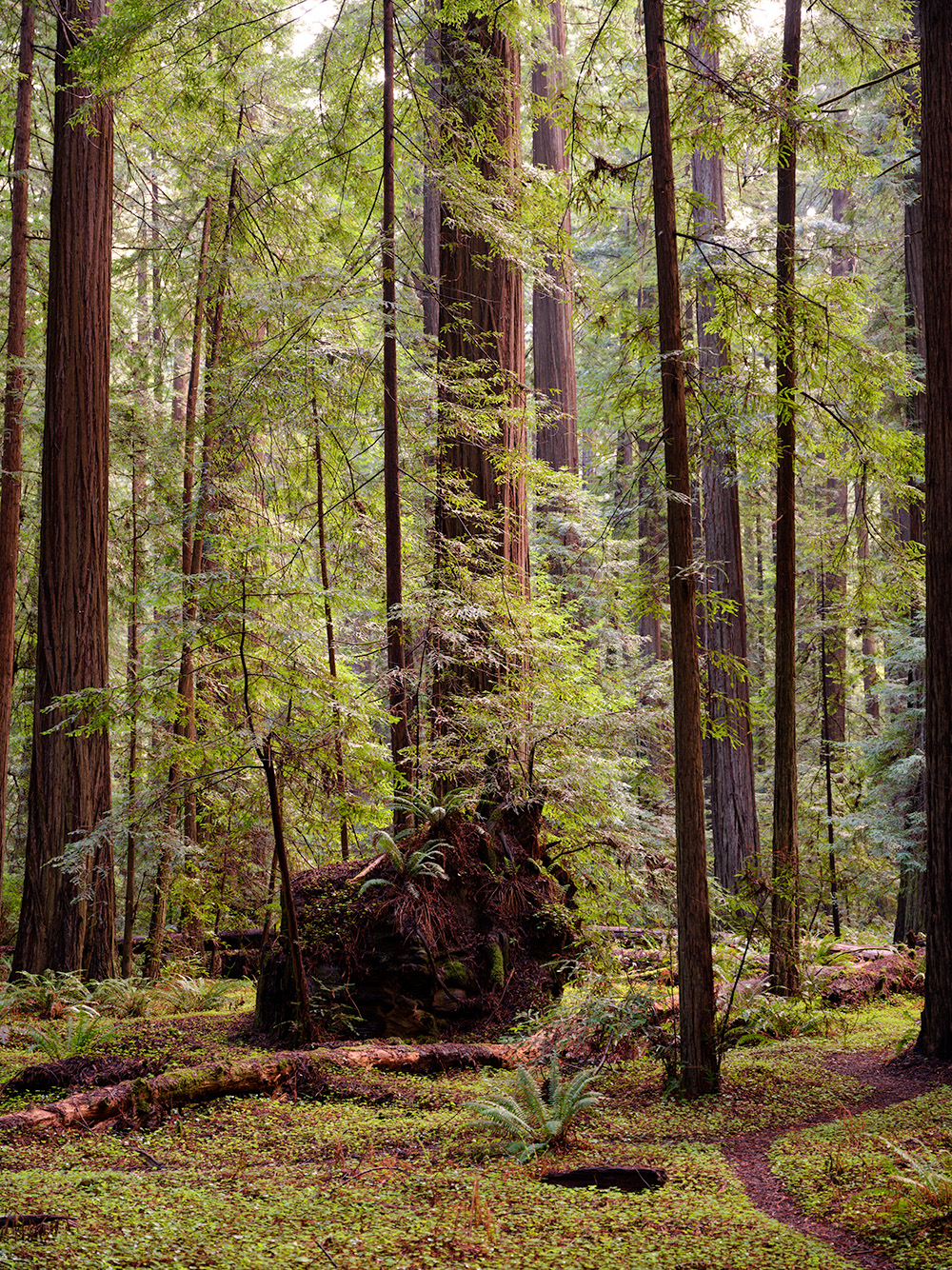

As I write this, I am sitting in my studio, and the printer is humming in the background. The printer in question is our long-term test Epson Surecolor P9570, and what it is printing is a show I’ll be hanging soon, about the sacredness of trees. The big Epson is certainly an artifact of the real world – it’s a 340 lb machine that is over six feet long. Nothing virtual about something the piano movers got in here! More importantly, though, its job is to take something incredibly real – the trees, these special beings , these connectors that anchor us to the world, these creatures that absorb the carbon dioxide we thoughtlessly emit in great profusion, and make them real to the people who will view the prints. Prints live in the real world, and that’s in large part why they’re important. If a photograph is only on the screen, it has not returned fully to the real world it is originally from. A tree on a screen lives somewhere between the real and the hyper-real – the tree itself is a part of the real world, but trees do not emit light (except in the context of a fire), they reflect it. The prints I am making are reflective in two senses – they are viewed in reflected light, just as the trees themselves are, and they are meant to inspire reflection of the interconnection of the world, as photography should inspire reflection.






